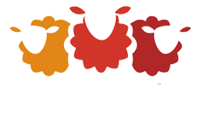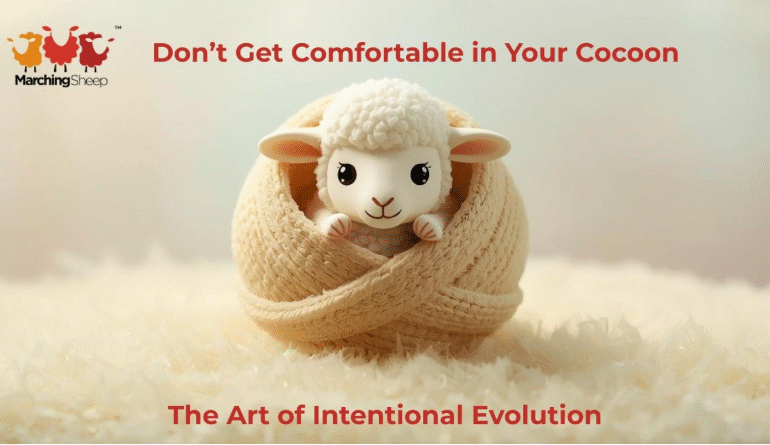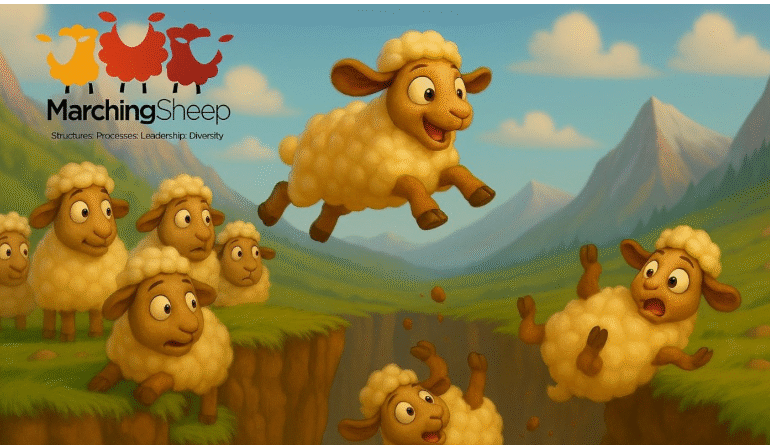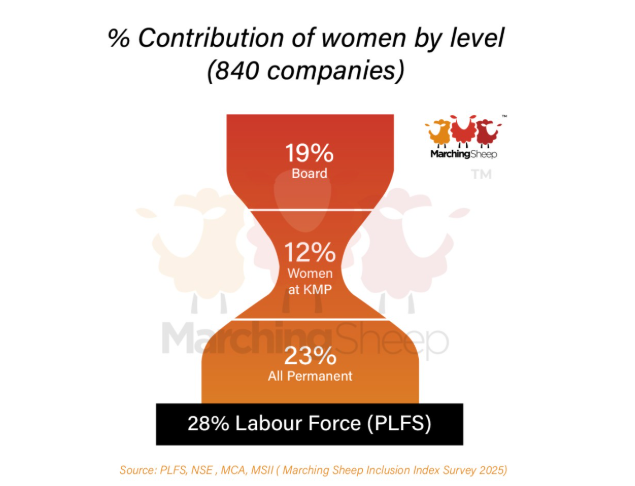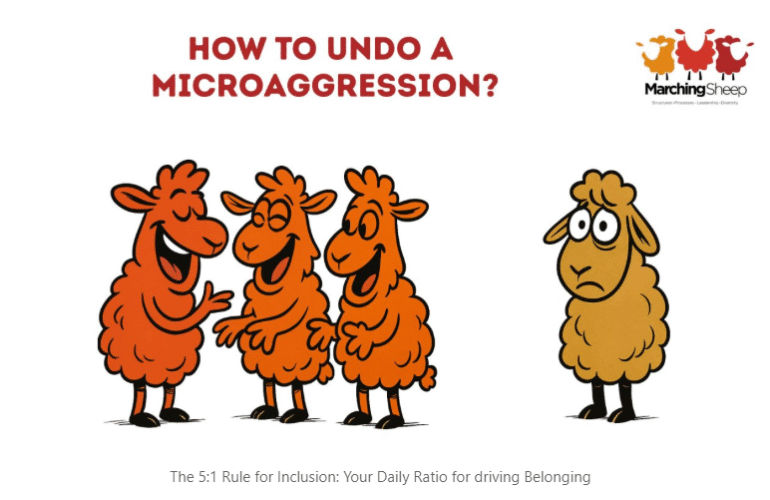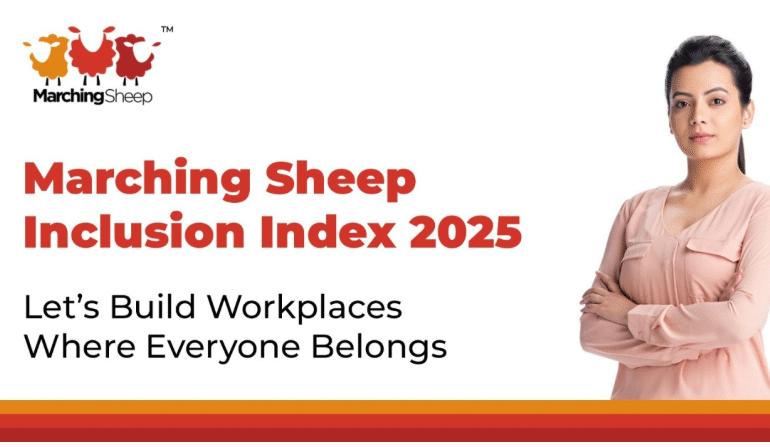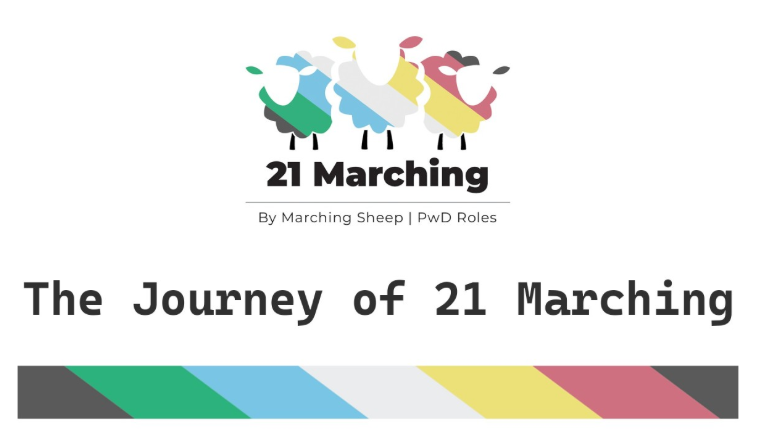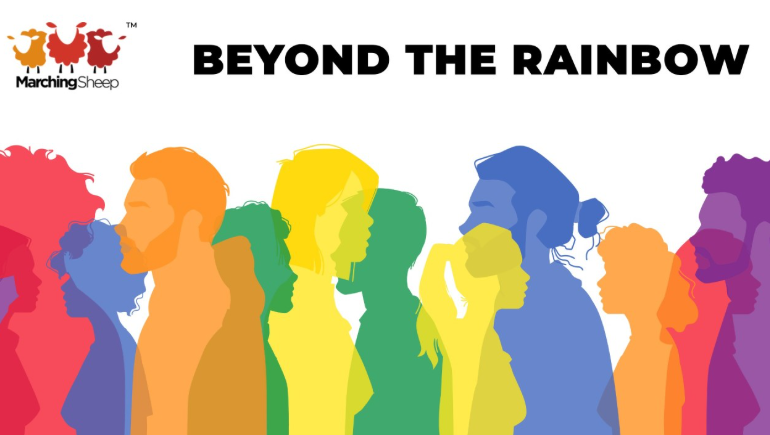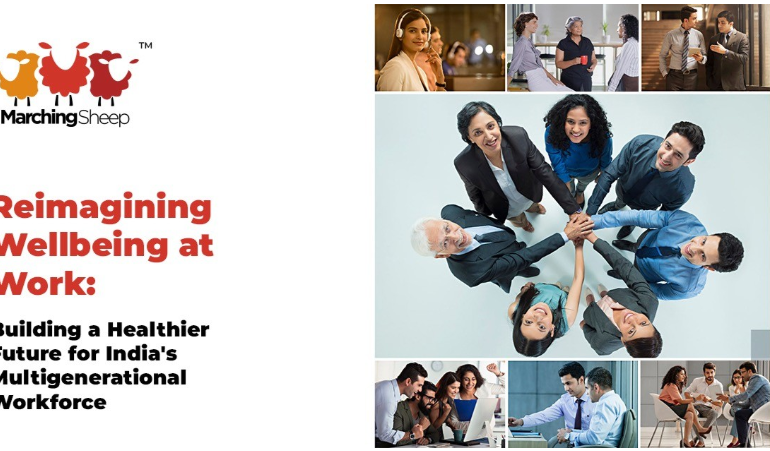Motherhood is often painted as a picture-perfect moment—the glowing mother, the peaceful baby, the joyful family. But for many women, especially first-time mothers, the journey feels far from picture-perfect. It’s filled with doubts, sleepless nights, identity shifts, unspoken guilt, and expectations—most of which no one prepares you for.
At Marching Sheep, we work closely with women navigating life transitions, and motherhood is one of the most discussed and challenged of them all. This article is an attempt to hold space for every mother who’s ever felt overwhelmed, unseen, or alone in her experience.
Your body doesn’t just “bounce back”—and that’s okay.
Let’s begin with the most visible change. Pregnancy and childbirth transform your body in ways that are powerful, beautiful, and deeply human. Yet, society continues to glorify women who “bounce back” to their pre-pregnancy size within weeks.
What no one tells you is that your body has done something extraordinary. It’s been a home, a source of nourishment, and a channel of life. It deserves rest, respect, and recovery—not pressure to shrink.
You might experience hair loss, swelling, hormonal acne, stitches that don’t heal as quickly as you’d hoped, or just an unfamiliar feeling of disconnection from your own body. And all of it is valid.
Take the pressure off. Your body is healing, not failing.
Postpartum is more than a phase—it’s a storm of changes.
Postpartum depression is talked about now, but not nearly enough. And beyond depression, there’s also anxiety, mood swings, rage, numbness, and an unexpected sense of loneliness, despite being surrounded by many people.
You may not instantly feel attached to your baby. You may cry without knowing why. You may miss your old life and feel guilty for it. These are not signs of weakness—they are signs of real, raw motherhood.
And support here is key. Don’t be afraid to reach out—for therapy, for a friend’s ear, or just to say, “I’m not okay today.” That’s brave, not broken.
Breastfeeding isn’t always natural—and it can be hard.
There’s a narrative that breastfeeding is instinctive and many first time mothers are caught unawares. For some strange reason even doctors do not prepare first time mothers for this. Most first time mothers experience pain, latching issues, low milk supply, mastitis. The sound of a hungry wailing baby and the inability to feed heightens guilt and depression. The tussle between letting the baby have formula milk and the guilt is tiring.
No one tells you that breastfeeding can feel like a full-time job, that it takes 3 to 5 days to normalise—and that it’s okay to supplement till then. What matters is that your baby is fed, and you are mentally and physically well.
You’re not a “lesser” mother for doing what works best for you and your baby.
You might feel isolated—even when surrounded by people.
You’ll be visited, celebrated, and showered with advice. Even when you want to be left alone and just rest. It is ok to draw boundaries and let people know when you want to be visited.
Then comes the road to getting to know your baby and settling into a rhythm.
The silence between feeds. The endless diapers. The feeling that your world has shrunk to one room, one baby, one routine.
What first-time mothers often don’t hear is this: It’s okay to feel this way. You haven’t lost yourself—you’re slowly becoming someone new.
Find small ways to reconnect with yourself. Step outside for a walk. Call a friend. Journal. Do nothing for five minutes. These moments will help you hold on to “you” while embracing “mom.”
Support from your relatives matters more than you think.
Your relationship with your parents, in-laws, siblings can shape your postpartum experience in many ways—especially in Indian households. A kind word, a helping hand, or simply someone holding the baby so you can sleep can mean the world.
Unfortunately, many new mothers feel that they have to do everything themselves. Stemming from possessiveness,or insecurity, or fear of being judged, or simply being a perfectionist, or not having built or nurtured relationships, many mothers find themselves in a situation where they do not have familial support.
To every new mother reading this: Support of loved ones is powerful. It helps you heal and recover faster.
You will be bombarded with advice—learn to filter it.
Everyone will have an opinion—how to hold the baby, what to feed, when to sleep train, which oil to use. Some will be helpful, some will not. And some will make you question yourself.
Here’s a truth no one says enough: You can say no. You can smile, nod, and do things your way. You know your baby best. Trust your instincts. Learn, unlearn, and keep what feels right for you.
Motherhood doesn’t come with a one-size-fits-all manual. It’s a constantly evolving relationship.
You may feel like you’ve lost yourself—and that can be scary.
You’re no longer just you. You’re someone’s mother now. And that can feel incredibly grounding and terrifying at the same time.
Your identity shifts—from professional to parent, from partner to caregiver. You may miss your work, your wardrobe, your independence. And you might feel guilty for wanting those things back.
Here’s the truth: You can be a mother and still have your own life. Just give it time.with prioritising, delegation, co-parenting, it will work out.
There’s no perfect mother. And striving for perfection will only drain you.
Social media shows mothers as curated haloes—Homes that look like 5 star hotels, dinner tables that look like a master chef contest, a mother who has just walked off the ramp and a cuddly gurgling baby. But behind every post, there are meltdowns, messy kitchens, and moments of complete exhaustion.
Don’t chase perfection. Look for presence. Choose connection. Some days you’ll be patient. Some days you’ll lose it. And that’s okay. Your child needs a real, grounded, emotionally available parent—not a perfect one.
You are allowed to ask for help. You are allowed to rest.
You don’t have to do it all alone. You shouldn’t.
Parenting was never meant to be a one-person show. Let people help. Let your partner carry the load. Let your family support you. Hire help if you can afford it. Sleep when you need it. Eat what you crave. Cry if you must.
You’re not a machine. You’re a human being. A woman learning to navigate new terrain.
Joy will hit you in unexpected moments. Feel it.
That gummy smile. That first time they make eye contact. That strong grip. That quiet moment when they fall asleep on your chest.
These moments will come. Slowly, quietly, like tiny gifts that soften the tough days. Let them in. Hold them close. Let yourself feel joy—even in the middle of chaos.
In closing…
Motherhood is not a finish line to be crossed or a checklist to be completed. It’s a complex, evolving, deeply personal journey.
And as a first-time mother, what you truly need is not judgment or pressure—but support, understanding, and space to grow into your role.
At Marching Sheep, we believe in inclusive ecosystems—at home and at work—where women feel seen and supported across life stages. And motherhood is one of the most talked about, judged yet least supported stages.
If you’re a first-time mother reading this: You’re not alone. You’re doing more than enough. And you deserve kindness—from others and from yourself.
Link – Things No One Tells First-Time Mothers
